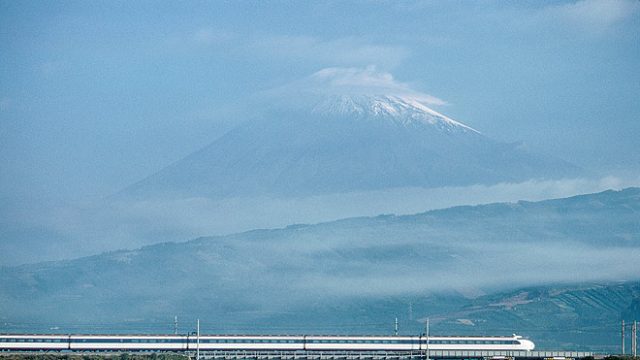As talk hots up in India about superfast trains linking its big cities, it would do well to recall the first and the most iconic of fast commercial train lines, the Japanese Shinkansen expresses: what the world fondly calls the ‘bullet train’. A symbol of Japan’s rise as an Asian economic superpower barely a decade after the devastation caused by WWII, the Shinkansen trains (Shinkansen is Japanese for New Trunk Line) were first developed by Japan National Railways in the late 1950s. Designed ingeniously, these trains could reach a then-stupendous 145kmph. The construction of the first of these lines, the Tokyo Shinkansen linking the capital to the industrial city of Osaka, began in 1959, and the first train was flagged off to mark the beginning of the 1964 Tokyo Olympics.
Much like our Rajdhanis, the Shinkansen network exists to connect every nook and cranny of the country to the capital, and the trains have only gotten faster in the past 50 years. The first ones ran at 135kmph, reaching Osaka in four hours, as opposed to the seven hours taken by normal trains. Today, that same journey takes less than two and a half hours, with the trains whizzing by at 200kmph. Soon, this will rise to 314kmph. The mind truly boggles.
This picture of the Tokyo Shinkansen running through the countryside, framed by the looming Mt Fuji, is an iconic one. Images like these (along with the train lines’ strict punctuality) cemented the ‘bullet train’ in popular consciousness. This particular train, in 1968, was probably the one carrying the young crown prince Naruhito on a joyride.




